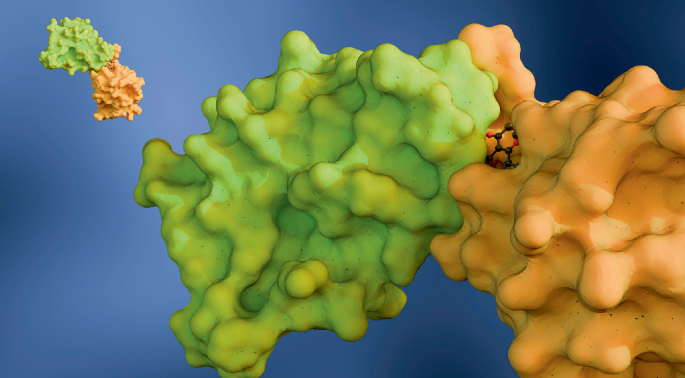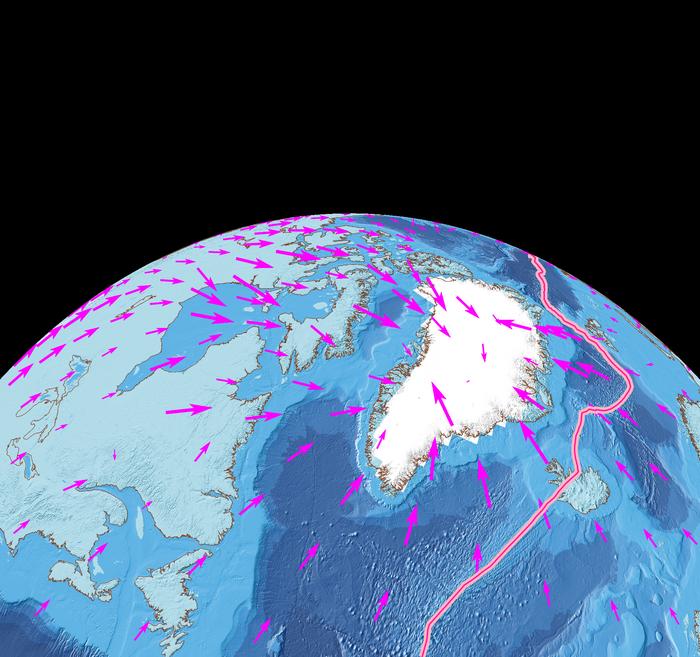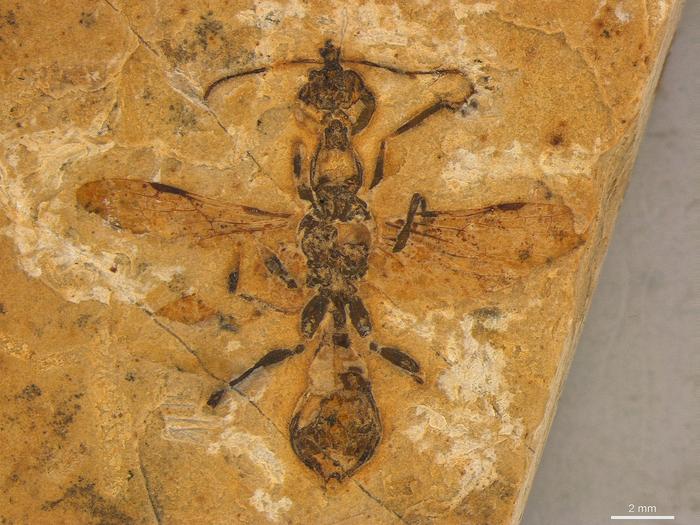Now Reading: Orcas Mimic Human Speech to Bridge Communication Gap
-
01
Orcas Mimic Human Speech to Bridge Communication Gap
Orcas Mimic Human Speech to Bridge Communication Gap

Swift Summary
- Orca Speech Imitation: Wikie,a captive orca in France,was able to mimic human speech by saying “hello,” “Amy,” adn counting numbers. Orcas are auditory animals known for their capacity to imitate sounds.
- Notable Behavioral Examples: A young orca named Luna mimicked boat sounds when isolated from his pod. Cultural behaviors among orcas include trends like wearing dead salmon hats in specific years and attacking boat rudders off the Iberian Peninsula.
- Brain complexity: Orca brains are large (11 pounds) and highly advanced,with a neocortex more wrinkled than humans’. This facilitates high-order processing such as cognition, memory, emotion, and dialog.
- Vocal Learning & Awareness: Orcas are vocal learners with the ability to compare their imitation against external sounds – an indicator of self-awareness. Scientists suggest this imitation is highly likely an attempt to communicate with humans.
- Communication Research Efforts: Researchers use hydrophone arrays paired with drone observations to decode whale vocalizations tied to specific behavioral patterns.
Indian Opinion Analysis
The remarkable ability of orcas like Wikie to mimic human speech highlights the complexity of animal intelligence beyond traditional measures such as tool usage or group behavior. Their large brains and sophisticated neocortex challenge often anthropocentric views on cognition.
For India-a nation rich in biodiversity yet grappling with environmental conservation priorities-such findings underscore the importance of valuing animal intelligence when shaping marine life protection policies. Studying behavior like cultural transmission among top predators can also yield insights applicable across ecosystems globally.
In considering India’s vast aquatic systems (e.g., Arabian Sea), promoting research into cetaceans could reinforce national commitments under international biodiversity accords while nurturing scientific expertise locally.



























